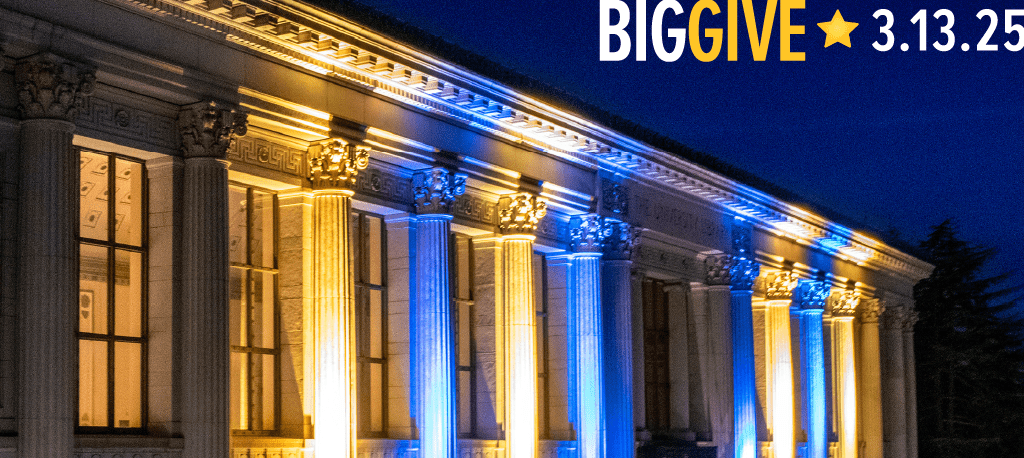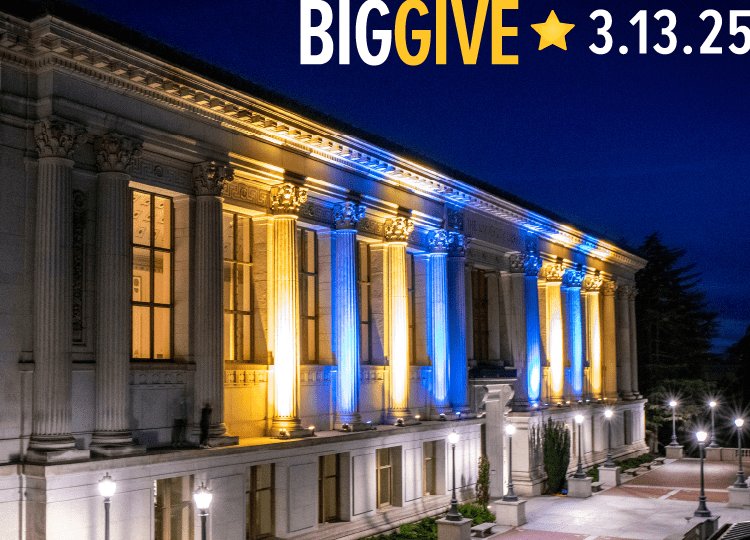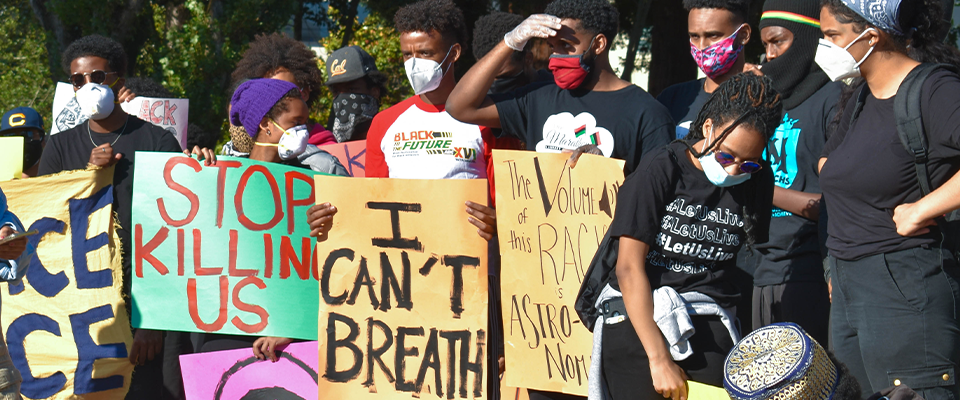It is a time of great change both at Berkeley and across all of higher education. Many of the parameters that shape colleges and universities are undergoing rapid transformation—funding models, student expectations, demographics, the ways in which we receive and communicate information. In order to thrive in this environment and era of change, I believe that we must collectively establish a cohesive, well-reasoned, and ambitious vision of what our university should be in order to properly set institutional priorities and determine campus investments. Berkeley’s last strategic plan was completed in 2002; it is more than time to develop another.
Berkeley has therefore just begun a semester-long strategic planning exercise—a structured process designed to engage and bring our community together to consider what our campus should look like in ten years and to chart a course that will take us there. The end result of this process will be a publicly available framework—a roadmap of sorts—that outlines the opportunities and challenges facing Berkeley, as well as a set of strategies for capitalizing on or mitigating them.
Berkeley’s strategic planning process will be guided by the following institutional values and commitments:
• Diversity—conceived in the broadest sense of the word and therefore expressed in both the composition of our faculty, students, and staff; and the breadth and inclusiveness of our academic programs, research enterprise, and public service;
• Excellence—an unwavering commitment to maintaining Berkeley’s unique role as a public university of the very highest quality in all of its endeavors;
• Innovation—in the spirit of California’s position on the nation’s geographic, social, and intellectual frontier, as well as Berkeley’s place at the forefront of scientific and academic research and social movements, a drive to constantly challenge the status quo and expand the boundaries of knowledge in our research and scholarship, as well as in pedagogy, instructional technology, and operations;
• Public Mission—consistent with our history as California’s land-grant university and with the state and federal support that has contributed to our greatness, a commitment to egalitarian and democratic values; to research and scholarship that serves and improves our community, our state, our nation, and the world; and to the fostering in our students, faculty, and staff of a strong ethic of public service and social justice;
• Accountability and Transparency—consistent with our public mission and our belief in the intrinsic value of knowledge and information, a commitment to transparency in our operations, sound stewardship of our resources, and honest and respectful dealings with all members of the campus community, as well as the larger society we serve.
While we intend to be ambitious, aggressive, and aspirational in the formulation of this road map, we cannot ignore the budget challenges that we are facing now, and for the foreseeable future. So, rather than an open-ended call for proposals and ideas, we are launching a strategic planning process that will revolve around four important strategic questions for the campus. They are:
• What are the critical issues—the grand challenges—facing our state, our nation, and our world that Berkeley is uniquely suited to address and solve? Where are we best positioned to be a global leader, and what investments do we need to make to become so?
• What investments and changes in our instructional and co-curricular programs and our housing and dining options would have the most impact on the quality of our students’ experience?
• Accepting that enrollment growth is not entirely within the campus’s control, what do we see as the preferred enrollment level for Berkeley and how should this enrollment be distributed among undergraduate and graduate students, master’s and doctoral students? Should the size of our colleges and schools stay roughly proportional or should we grow selectively? What role should alternative education delivery models play in accommodating increased demand and reaching out to new populations?
• How can Berkeley foster a sustainable financial model in an environment in which it does not control either state funding allocations or tuition levels and must develop an expanding and evolving diversity of revenue sources? In such a mixed funding environment, how do we best sustain our mission and identity as a public institution?
Dean Richard Lyons, of the Haas School of Business, and Professor Lisa Alvarez Cohen, chair of the Academic Senate and professor in civil and environmental engineering, are serving as the co-chairs of the strategic planning process, and we have appointed four working groups, one to address each of the four strategic questions that we have identified.
The campus has just launched a website, strategicplan.berkeley.edu, which will serve as a hub of information and resources related to our work in this area. I encourage you to visit the site to learn more about strategic planning and to share your insights. There you will also find a short video introduction to the project.
Although this will be a difficult and daunting task, I have been pleasantly surprised and greatly encouraged by the enthusiasm and optimism of all who are participating in the process. Like me, they see this as a rare and exciting opportunity to chart a course for our future; an opportunity to safeguard what we cherish most, even as we adapt and respond to the evolving needs and interests of the students we educate and the public we serve.
I look forward to talking with alumni about our strategic plan as it takes shape and hearing your insights. How would you answer the questions we have posed? What is your vision for Berkeley in the next decade?






















